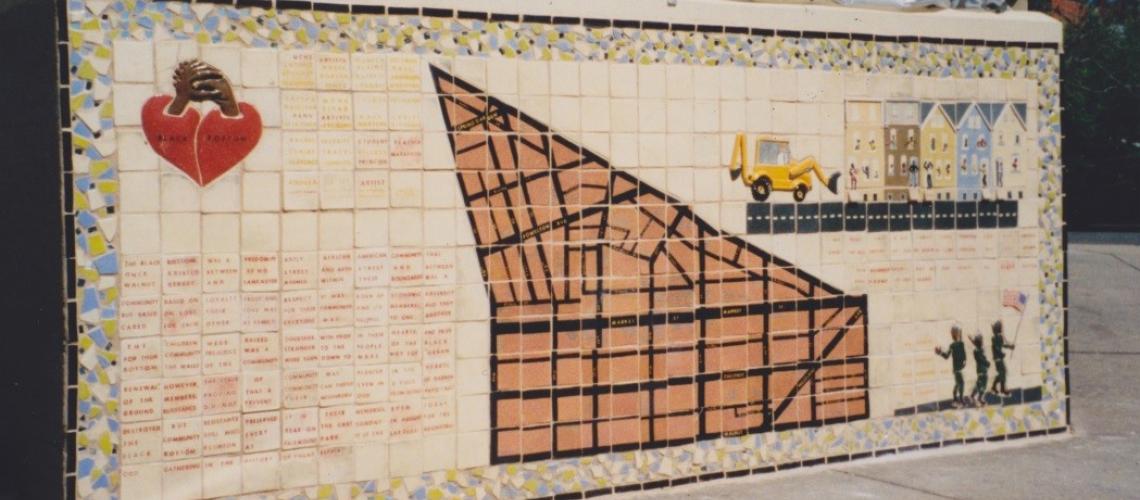A collaboration between University City High School and University of Pennsylvania students led to the construction of the Black Bottom Memorial Wall in 1999. The project director was Andrea Zemel, an instructor in Penn’s Graduate School of Fine Arts (now Weizmann School of Design). The deteriorating mosaic tiles were removed prior to the demolition of the UCHS building in 2015.
This story collection traces a sixty-year process of urban renewal on the site that once was the heart of West Philadelphia’s Black Bottom. Over this span of time, urban renewal on this site has been cyclic and replete with irony.
In the mid-1960s, the Philadelphia Redevelopment Authority (RDA), in conjunction with the non-profit West Philadelphia Corporation and the Philadelphia School District, exercised eminent domain to demolish the Black Bottom, a predominately working class, African American neighborhood, to pave the way for the University City Science Center (UCSC) and University City High School (UCHS). This story collection traces, through text, maps, and photographs, processes of dispossession, urban renewal, and urban renewal renewed spanning sixty years, which have made this site and its surrounding blocks the centerpiece of what the historian Margaret Pugh O’Mara calls a “city of knowledge.”
Stories in this Collection
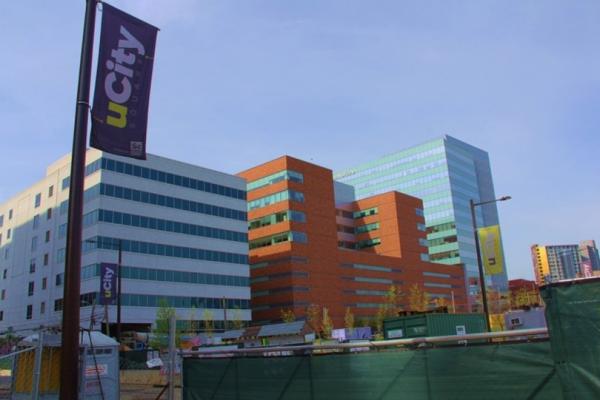 Today, the Market Street corridor between 34th & 38th streets is dominated by buildings of the University City Science Center, the nation’s first and largest urban research park. Since its incorporation in 1963, the Science Center’s story is part of the larger history of postwar urban renewal. It was the centerpiece of “Unit 3,” an urban renewal zone that was roughly coterminous with the largely working poor African American neighborhood known as the Black Bottom. The displacement of the Black Bottom’s residents paved the way for building the Science Center and University City High School, which was originally planned as a high school of science & technology. The University of Pennsylvania’s role in the Black Bottom removals and planning the Science Center has been a subject of heated controversy for the past 60 years. |
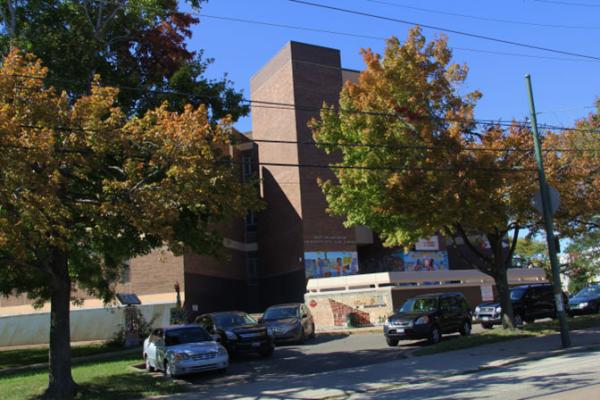 University City High School (UCHS) was originally planned as a racially integrated high school of science & technology affiliated with the University City Science Center. Yet it opened in the spring of 1972 as a comprehensive (general) high school with an enrollment that was large-majority African American. The perennially under-resourced high school was marked by attendance problems and most students underperforming on standardized achievement tests—and the school was riven with racial conflict between black and Asian students. After a period of improved stability, attendance, and achievement in the mid-1990s, UCHS entered the Millennium as a troubled high school in the chronically underfunded School District of Philadelphia. UCHS was officially closed in 2013. The District sold the site to Drexel University, and the building itself was demolished in 2015. |
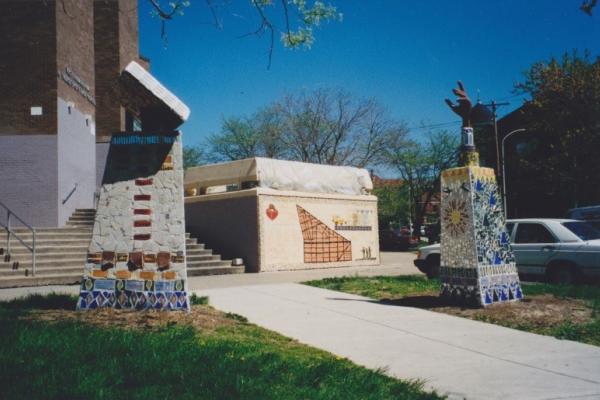 In the late 1990s, two service-learning projects, the planning for which originated in Penn’s Graduate School of Fine Arts (GSFA) and the School of Arts & Sciences, formed spirited collaborations between Penn undergraduates and University City High School (UCHS) students. Both partnerships honored the memory of the Black Bottom. The 1999 course taught by Andrea Zemel, of GSFA, created the Black Bottom Mosaic Mural. That same year, Billy Yalowitz taught a Theater Arts course that brought together UCHS students, Penn undergrads, and community elders to create Black Bottom Sketches and Taking a Stand, exuberant plays marked by great spontaneity, with performances in several community venues. |
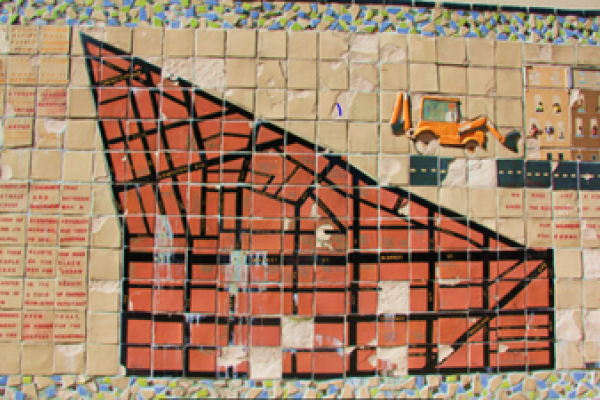 In 2013, the financially strapped School District of Philadelphia closed the 40-year-old, perennially under-resourced—and, by this time, significantly under-enrolled University City High School (UCHS). The District then listed the property for sale to the highest bidder. In 2014, Drexel University, in partnership with Wexford Science & Technology, purchased the 14-acre campus, as well as the Drew Elementary School and Drew’s Walnut Center annex on Warren St.—all treated as one unit for purposes of the $25.15 million sale. Drexel leveled these properties in 2015. This article focuses on the logistics of the high school’s demolition and the fate of several of its successful projects, including the Black Bottom Mosaic Mural. |
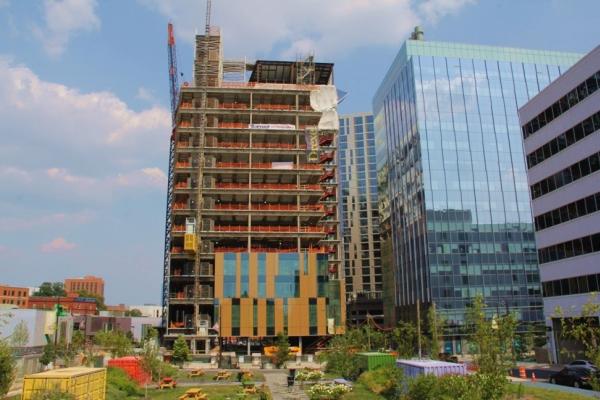 Against the backdrop of spectacular redevelopment in the University City Science Center—a megaproject branded as uCity Square—lies the land on which University City High School once stood. Here Drexel has constructed a two-story, 87,000-square-foot building to house the Samuel Powel Elementary School and the Science Leadership Academy Middle School (SLAMS). By the summer of 2021, the new 14-story Drexel Academic Tower, home to the College of Nursing and Health Professionals, was under construction on the Filbert St. side of the site. This article locates these developments in the context of the University City Science Center–Drexel—Wexford uCity Square megaproject and the dramatic physical transformation of the blocks between Market St. & Lancaster Ave., 36th to 38th St. |
